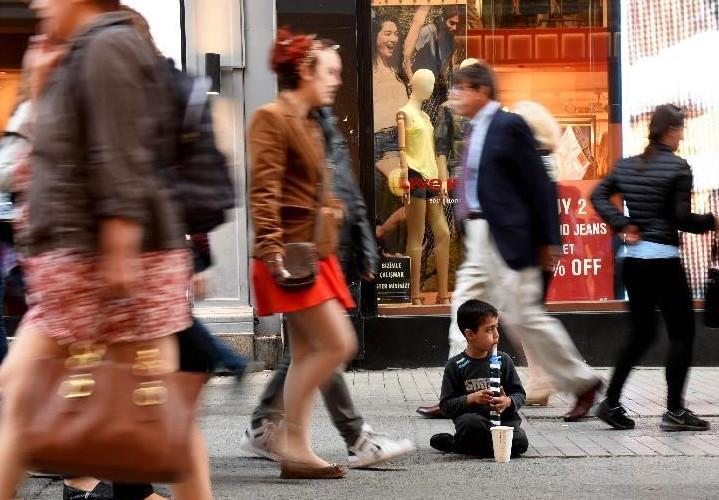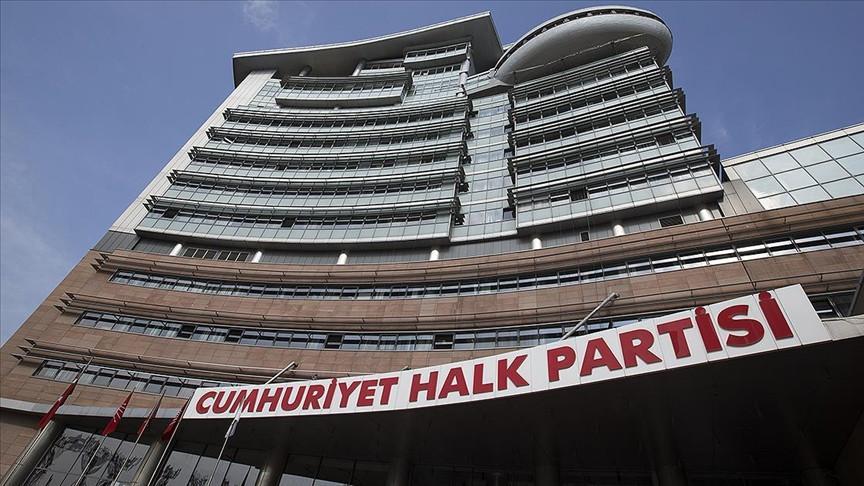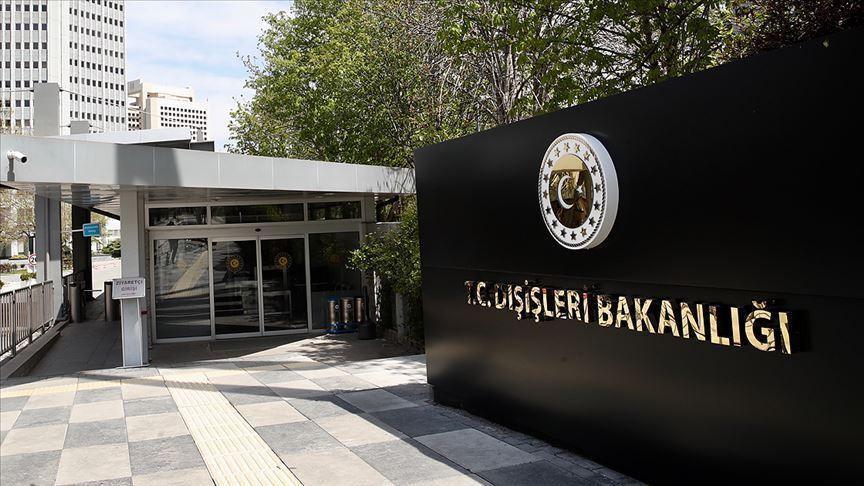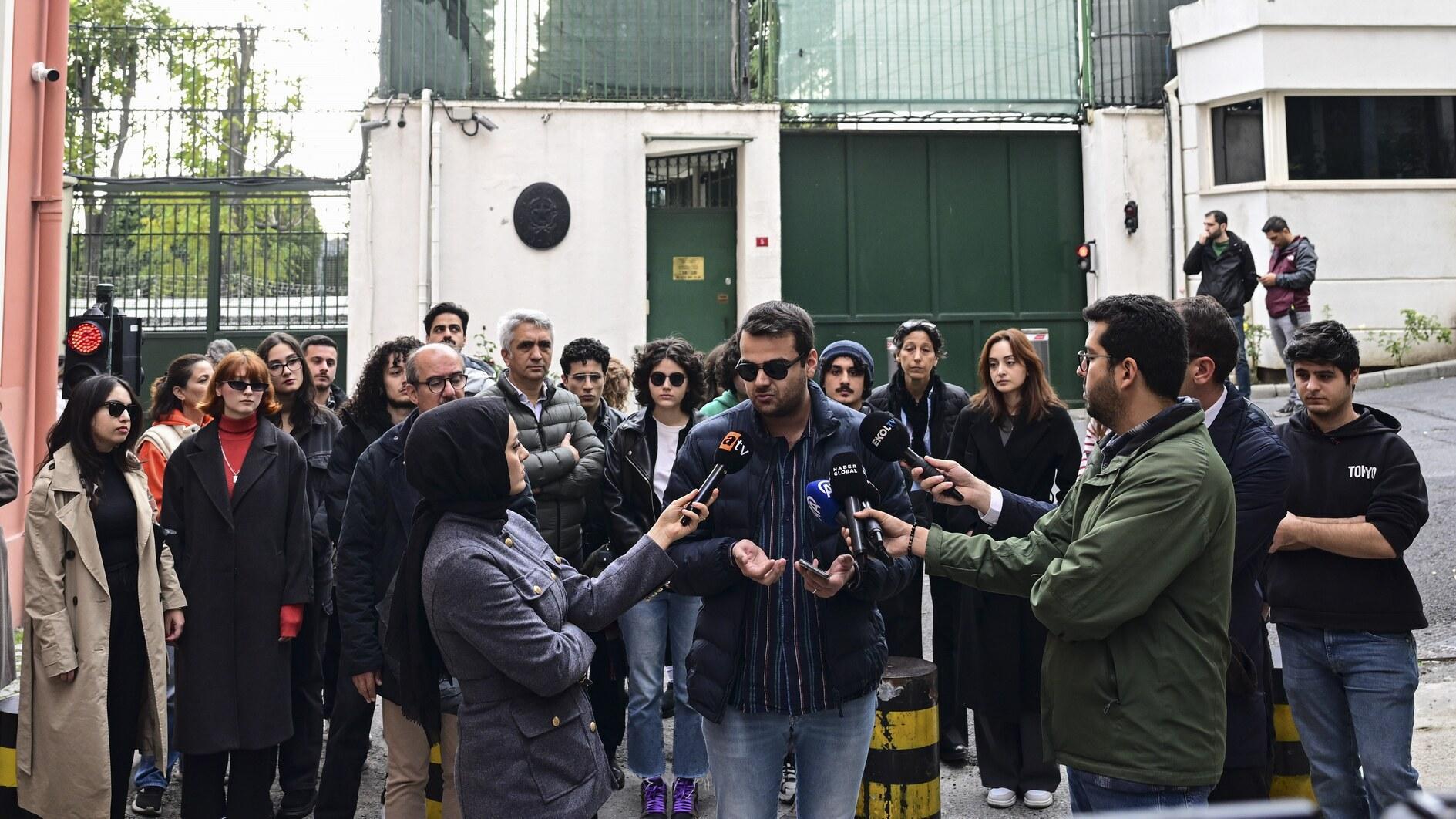38 percent of children live in extreme poverty across Turkey: Research
ISTANBUL

Some 38 percent of children in Turkey lived in households suffering from severe material deprivation in 2016, an increase of 1.6 percent compared to the previous year, according to a report from the Bahçeşehir University Center for Economic and Social Research (BETAM). This rate is the worst in Europe.
The Istanbul-based BETAM report, published on April 20, revealed that 7.51 million children aged between 0 and 15 suffered from the effects of material deprivation in Turkey in 2016, an increase of 300,000 compared to 2015.
The European Union defines the criteria for severe material deprivation as a household that cannot afford at least four of the following: Rent payments; mortgage or utility bills; adequate house warming; unexpected expenses; meals involving meat, chicken or fish every second day; a one-week annual holiday away from home; a washing machine, color television, telephone or car.
Severe material deprivation rates among children are around three to five percent in Denmark, Austria, Germany, and France. They range between zero and three percent in Sweden, Luxembourg, Finland, the Netherlands and Norway, according to the research.
“From 2015 to 2016, the rate of children living in extreme material poverty in Romania, Greece, the Cyprus, Ireland, and Turkey increased. In other countries, on the other hand, the extreme material poverty among children have decreased. The fact that most of EU countries have covered a distance in the fight against child poverty, while in Turkey child poverty has increased, shows that policies pursued regarding this issue are not enough,” the report stated.
The highest rate of children living in extreme poverty in Turkey was in the southeastern region, with 55.4 percent. The lowest rate was seen in the Western Anatolia region, with 23.6 percent.
“The main reason for the gap between regions in terms of material poverty in children is the current great difference between median incomes. The second most important reason is the high average number of children per each household mainly in the eastern regions,” the report added.
Some 70.7 percent of children lived in families who are unable to take a one-week annual holiday, while 40.8 percent of children were unable to meet their protein needs from red meat, chicken or fish in 2016. Some 48.4 percent of children lived in households that did not own a car.
The increase in the percentage of children living in families who could not afford adequate house warming from 2015 to 2016 was also noteworthy, increasing from 20 percent to 28.1 percent.
















